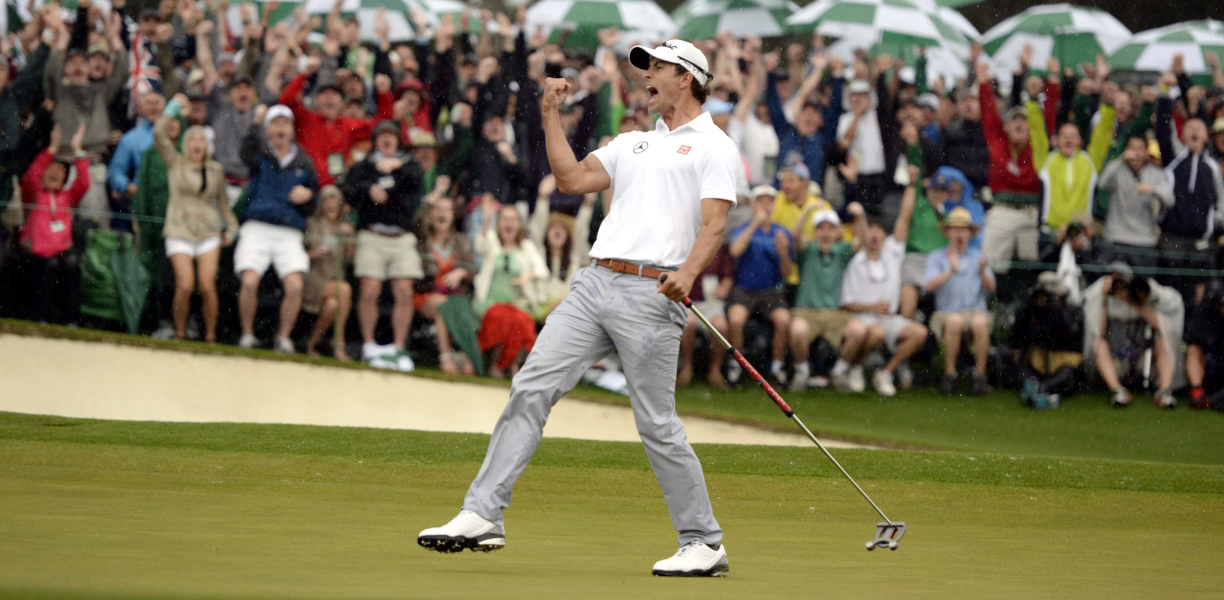Authors – Vedika Jogani & Ryan Miller
A recent graduate from Ithaca College with a Master’s degree in Sports and Exercise Science, specializing in Mental Performance, Vedika Jogani is OMP’s Product and Content Manager.
Ryan Miller is an award winning content creator and OMP’s Head of Content.
You’ve heard the term pressure creates diamonds. The same can be said when it comes to sport according to a new study from researchers in the UK.
Pressure and performance in sports have long been intertwined, with the common belief that pressure tends to impair one’s abilities.
However, a 2024 study by researchers from the University of Birmingham and Bangor University showed that pressure actually has the potential to enhance performance.
The study saw 81 novice golfers attempting a putt under different pressure conditions.
These conditions included time constraints, increased difficulty, video observation, team participation, goal setting, experiencing fame or shame, and distraction.
The aim was to uncover the psychophysiological effects of pressure on performance.
The study’s results were categorized into performance outcomes, psychological responses, physiological reactions and kinematic responses.
The Findings
Performance Outcomes
Contrary to the conventional wisdom, the results demonstrated that performance was adversely affected by time constraints and increased difficulty, but surprisingly improved under team, goal setting, and shame conditions compared to a control setting.
Psychological Responses
The participants reported higher perceived pressure and effort in almost all pressure conditions, except distraction.
Conscious processing, a measure of cognitive focus, increased in all conditions except distraction and time constraint.
These findings challenge the assumption that pressure uniformly hampers psychological responses.
Physiological Reactions
Heart rate increased significantly under time pressure, team participation, experiencing fame, and shame.
However, heart rate variability and muscle activity exhibited diverse patterns, with no clear correlation to specific pressure conditions.
Kinematic Responses
Analyzing the movement of the putter provided intriguing insights.
Under certain pressure conditions, participants exhibited slower and more controlled swings, while in time-pressure situations, the swing became faster.
Recognizing the nuanced effects of pressure on performance can empower athletes and coaches to craft training plans that deliberately incorporate these conditions, fostering an environment conducive to improved overall performance.






